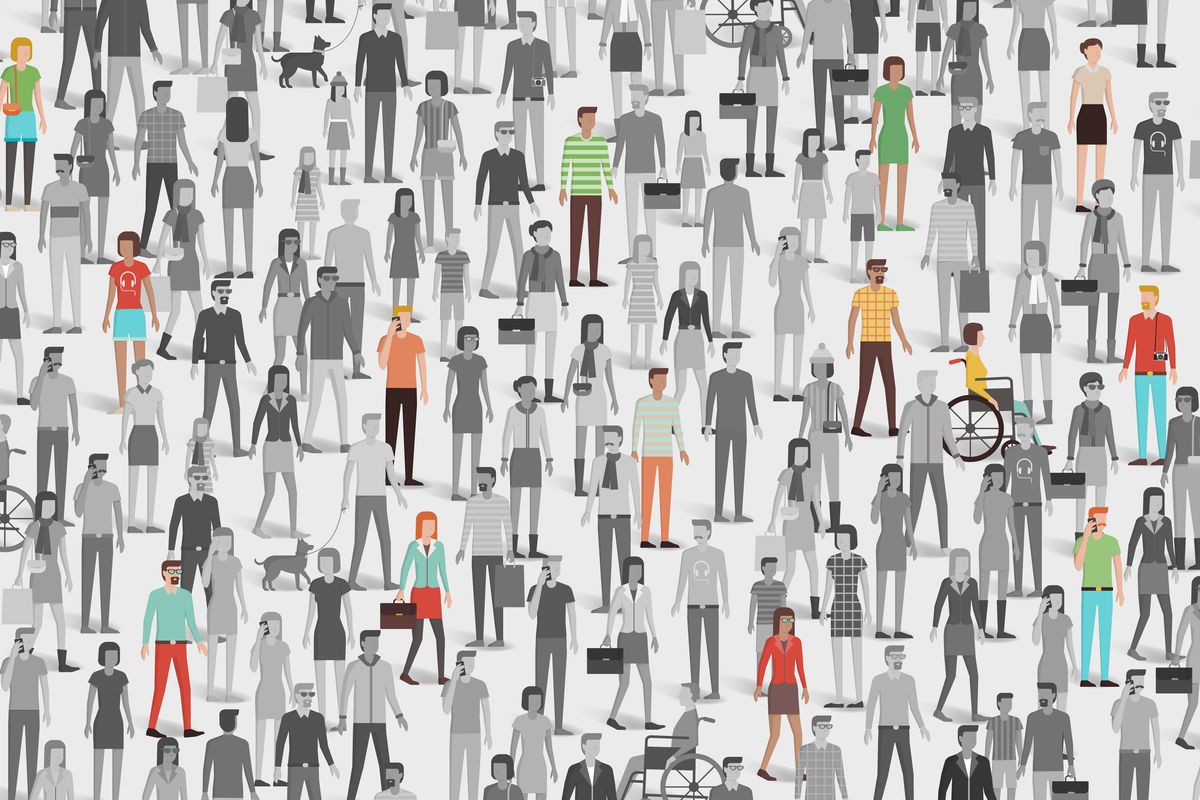Sports Around the World: Complete Guide to Global and Olympic Sports
The global landscape of sports
Sports represent one of humanity’s virtually universal cultural expressions, transcend borders and languages to unite people in competition and camaraderie. Understand exactly how many sports exist global require examine various classification systems, cultural contexts, and evolve definitions of what constitute a sport.
Define what count as a sport
Before count sports, we must establish what qualify as one. Broadly, a sport involves physical exertion, skill, and competition under a standardized set of rules. Nonetheless, this definitioncreatese gray areas. Chess, for instance, lack significant physical exertion but irecognizedze as a sport by the internationOlympicpic committ( IOC) ). Likewise, emerge activities like drone racing challenge traditional classifications.
Sports typically feature:
- Physical activity or skill
- Competitive elements
- Standardized rules
- Organizational structures
Recognize sports worldwide
The global association of international sports federations (ggas),)rsteastrsport accordcognize over 100 international sports federations. Each federation govern a distinct sport, though some oversee multiple disciplines within that sport. For example, the international swimming federation ( f(aFINA)erns swimming, diving, water polo, artistic swimming, and open water swimming.
Base on various estimates from sporting authorities:
- Some 200 internationally recognize sports exist with formal governing bodies
- Over 8,000 indigenous sports and games are practice regionally around the world
- Hundreds of variations and hybrid sports continue to develop
The world sports encyclopedia, publish in 2003, document over 8,000 sports and variations. This extensive collection include regional games, traditional competitions, and emerge activities that may not have international recognition but remain culturally significant.
Olympic sports: the elite selection
Summer Olympic sports
The modern summer Olympic Games feature a cautiously curate selection of sports that has evolved importantly since the first modernOlympicss in 1896. Presently, the summerOlympicc program include:
- 28 core sports
- Around 40 disciplines
- Over 300 events
For the virtually recent Summer Olympics, the program includes traditional sports like athletics( track and field), swimming, and gymnastics alongside newer additions such as sport climbing, skateboarding, and surf. Each oOlympiccycle may see adjustments to the program as the iIOCevaluate sports base on popularity, global participation, and cultural significance.
Winter Olympic sports
The winter Olympic Games, kickoff hold in 1924, showcase sports practice on snow and ice. The current winter Olympic program include:
- 7 core sport categories
- 15 disciplines
- Roughly 100 events
These sports include ski (with multiple disciplines like alpine, ccross-country and freestyle ) skate ( (clude figure skating, speed skating, and short track ),)ce hockey, curling, bobsleigh, luge, and biathlon.

Source: homenetmenny.org
Paralympic sports
The Paralympic games, which run parallel to the Olympics, feature sports adapt for athletes with disabilities. The Paralympic program presently includes:
- 22 summer Paralympic sports
- 6 winter Paralympic sports
- Multiple classifications within each sport base on disability types
The Olympic recognition process
Not all internationally recognize sports make it to the Olympic program. The IOC follow a rigorous evaluation process that consider factors such as:
- Global participation and popularity
- Gender equality
- Youth appeal
- Television viewership potential
- Anti doping compliance
- Environmental impact
Sports seek Olympic recognition must kick off gain recognition from theIOCc, so potentially enter the program as a demonstration sport before beingconsideredr for fuOlympicpic status. This process can take decades, as see with sports like rugby sevens and golf, which return to tOlympicsics after long absences.
Categorize the world’s sports
Team sports vs. Individual sports
One fundamental way to categorize sports is by whether they’re contested by individuals or teams:
-
Team sports:
Soccer, basketball, volleyball, cricket, rugby, baseball, ice hockey, field hockey, water polo, handball -
Individual sports:
Tennis, golf, boxing, wrestling, judo, archery, swimming, track and field events, gymnastics, weight lift -
Both formats:
Some sports like tennis, badminton, and table tennis feature both individual and team competitions
Combat sports
Combat sports involve direct physical confrontation between competitors:
-
Striking base:
Boxing, kickboxing, Muay Thai, karate, taekwondo -
Grappling base:
Wrestling, judo, Brazilian jiu-jitsu, sambo -
Mixed:
Mixed martial arts (mMMA) pageneration -
Weapon base:
Fencing, kendo, historical European martial arts
Ball sports
Ball sports represent perchance the largest category globally:
-
Invasion games:
Soccer, basketball, handball, hockey -
Net / wall games:
Tennis, volleyball, badminton, squash -
Strike / fielding games:
Baseball, cricket, softball -
Target games:
Golf, bowling, billiards
Athletic and racing sports
These sports focus on human physical performance:
-
Track and field:
Run events, jump events, throw events -
Swimming and aquatics:
Swimming races, diving, water polo -
Cycling:
Road cycling, track cycling, mountain biking, BMX -
Motorsports:
Formula 1, rally, motorcycle racing, NASCAR
Winter and ice sports
Sports practice principally in cold weather environments:

Source: johnhunter.pages.dev
-
Skiing disciplines:
Alpine, cross-country, freestyle, ski jumping, Nordic combine -
Skating:
Figure skating, speed skating, short track -
Ice team sport:
Ice hockey, bandy, curl -
Slide sports:
Bobsleigh, luge, skeleton
Mind sports
These sports emphasize mental instead than physical skill:
- Chess
- Bridge
- Go
- Esports (competitive video gaming )
Regional and traditional sports
Beyond internationally recognize competitions, thousands of regional and traditional sports maintain cultural significance:
Asian traditional sports
-
Keyboard:
A contact team sport from the Indian subcontinent -
Speak Tarawa:
A kick volleyball game popular in Southeast Asia -
Sumo:
Traditional Japanese wrestling -
Wuhu:
Chinese martial arts competitions
European traditional sports
-
Hurling:
An ancient Gaelic field sport -
Pelota:
Various ball games from the Basque region -
Highland games:
Traditional Scottish sporting events -
Calico stories:
Historical Italian football
African traditional sports
-
Gun stick fighting:
Combat sport practice in Southern Africa -
Dame:
Traditional boxing from West Africa -
Senegalese wrestling:
A form of folk wrestling
American traditional sports
-
Lacrosse:
Earlier play by indigenous north Americans -
Rodeo:
Competitive events base on cattle herding skills -
Lama:
Mesoamerican ballgame with ancient origins
Emerge and evolving sports
The sporting landscape continues to evolve with new activities gain recognition:
Action and extreme sports
- Skateboard
- Surf
- Sport climbing
- BMX freestyle
- Snowboard
Technology drive sports
- Drone racing
- Esports
- Virtual reality competitions
Hybrid and modified sports
- Futsal (modify indoor soccer )
- Beach versions of volleyball, handball, and soccer
- 3×3 basketball
The significance of sport diversity
Cultural expression through sports
The vast array of sports worldwide reflect human cultural diversity. Many traditional sports emerge from specific cultural contexts, serve as expressions of values, history, and local environments. The preservation of these sports helps maintain cultural heritage while provide communities with a sense of identity and continuity.
Economic impact
The global sports industry generate hundreds of billions in annual revenue. Major international sports like soccer, basketball, and cricket drive significant economic activity through professional leagues, broadcast rights, merchandise, and tourism. Eventide smaller, regional sports can provide economic benefits to local communities through events and tourism.
Health and social benefits
The diversity of sports offers multiple pathways to physical activity, allow individuals to find activities that match their interests, abilities, and cultural backgrounds. This variety increase the likelihood of lifelong participation in physical activity, with correspond health benefits. Sports besides provide social connections, teamwork experience, and personal development opportunities.
The future of sports
Globalization vs. Localization
Two compete trends shape the future of sports diversity. Globalization has allowed major sports like soccer, basketball, and cricket to expand their reach, sometimes at the expense of local sporting traditions. Simultaneously, renew interest in cultural heritage has spark revivals of traditional sports in many regions. The balance between these forces will influence how many sports will thrive globally.
Technology and innovation
Technological advancements continue to create new sporting possibilities. Virtual and augmented reality, drone technology, and other innovations are spawn altogether new competitive formats. These developments blur the boundaries between traditional sports, gaming, and technology, potentially expand the definition of what constitute a sport.
Inclusion and adaptation
Grow emphasis on inclusivity is drive the adaptation of exist sports and the development of new ones that accommodate diverse abilities, genders, and age groups. Adaptive sports, mixed gender competitions, and modify formats for various age groups all contribute to an expand sports landscape.
Conclusion
The question” how many sports are thither in the world? ” dDefya simple numerical answer. With roughly 200 internationally recognize sports, thousands of regional and traditional competitions, and countless variations and emerge activities, the true number remain fluid and depend mostly on how sport is ddefined
The Olympic Games showcase a selective cross-section of this diversity, with around 33 sports (combine summer and winter programs )represent the pinnacle of international competition. Yet these olOlympicports represent exactly the tip of an iceberg of human sporting activity that span cultures, histories, and continents.
This rich diversity of sports reflect the ingenuity, cultural expression, and physical capabilities of humanity. From ancient traditional competitions to emerge technological sports, the sporting landscape continues to evolve, offer countless ways for people to challenge themselves, connect with others, and celebrate human achievement through physical and mental competition.



